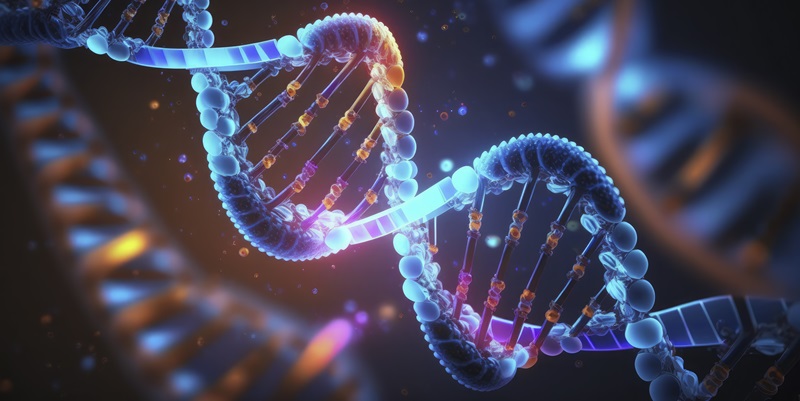A remarkable breakthrough in molecular computing has been achieved by scientists from North Carolina State University and Johns Hopkins University, marking a significant milestone in the fusion of biological and computational sciences. The researchers have successfully developed a fully functional DNA computer, a pioneering endeavor that utilizes the unique properties of DNA for both storage and computation. Unlike traditional computers that rely on electricity, this groundbreaking technology leverages the molecular structure of DNA to perform complex computing tasks. As a proof-of-concept, the DNA-based computer has already demonstrated its prowess by solving intricate problems like sudoku and chess puzzles, underscoring its computational capabilities and setting the stage for future advancements.
The DNA Computer: Unique Properties and Initial Successes
The DNA computer developed by the researchers represents a significant departure from traditional computational methods. By exploiting the inherent properties of DNA, this innovative machine conducts storage and computation in a manner that diverges sharply from the electrical processes used by conventional computers. In practical terms, the DNA computer can solve complex puzzles, providing a foundational demonstration of what this new technology can achieve. Although the current models rely on synthesized DNA, which limits their integration into living organisms, this research suggests that theoretically, there are no scientific barriers preventing the embedding of such systems within living cells. This opens up a multitude of possibilities for future applications, especially within the realm of biotechnology.
One of the intriguing potential uses of this DNA-based computing technology lies in its ability to create networked DNA computers operating within a single organism. This concept could eventually lead to the development of blockchain-like systems inside human cells, transforming individual cells into validation nodes that monitor and validate the functionality and integrity of specific organs. For instance, a cellular blockchain network could be engineered to oversee the operational health of organs like the heart or liver, providing an unprecedented level of biological data analysis and integrity verification. While this notion may seem like the stuff of science fiction, the current research lays the groundwork for these possibilities, underscoring the vast potential that DNA computing holds.
Future Implications and the Road Ahead
The potential of integrating DNA computing within living organisms is groundbreaking, indicating a future where biology, computation, and data storage converge. This could transform fields from medical diagnostics to bioengineering, and even those typically outside biology, like data storage. For instance, implementing blockchain networks within cells might revolutionize organ health monitoring and maintenance, significantly changing healthcare and diagnostics. Similarly, bioengineers could leverage these advancements to develop sophisticated biotechnological tools, enhancing everything from drug discovery to genetic manipulation.
Yet, practical implementation within living organisms is still beyond our current reach. However, foundational research by scientists at North Carolina State University and Johns Hopkins University marks an important step toward this future. Continued exploration, increased funding, and interdisciplinary collaboration are crucial for unlocking these possibilities. Persistent innovation by scientists will drive the technological frontier forward, enabling the seamless integration of computational functions with biological processes.
This research underscores the importance of perseverance in molecular computing. As scientists make incremental advances, the vision of DNA-based computing in living cells becomes more plausible. Current achievements not only highlight the researchers’ creativity but also pave a new path for technological and scientific innovation. The merger of biological and computational sciences could usher in a new era of advancement. Hence, the significance of this work is immense, signaling a transformative period in these intersecting fields.

